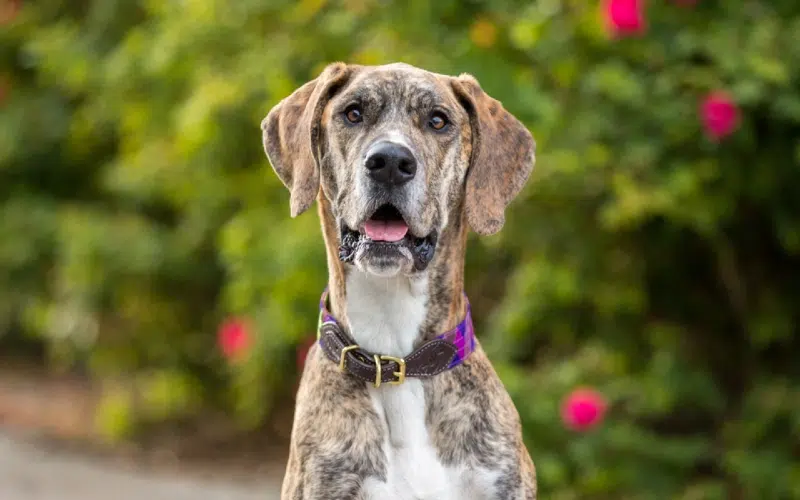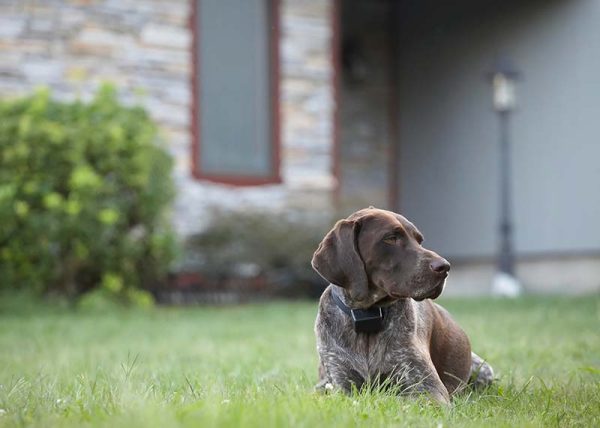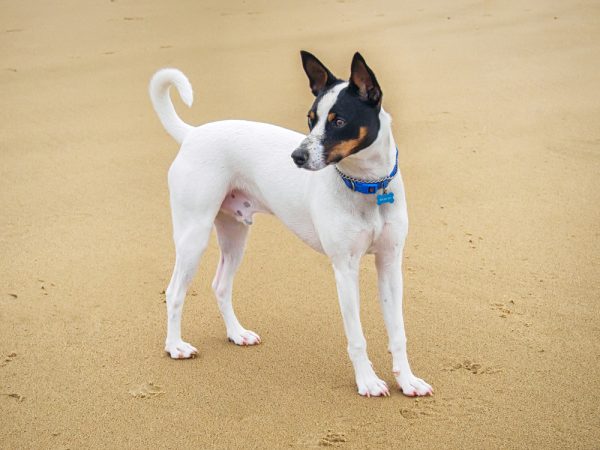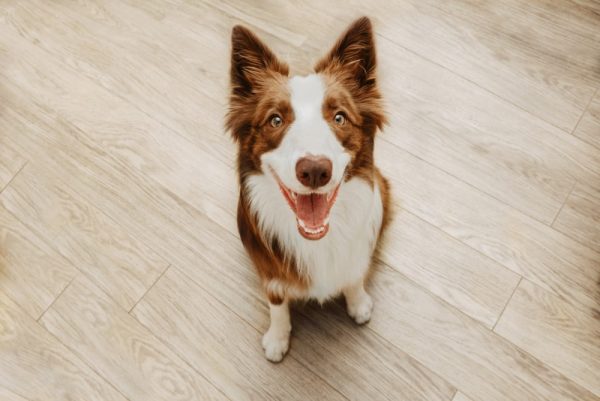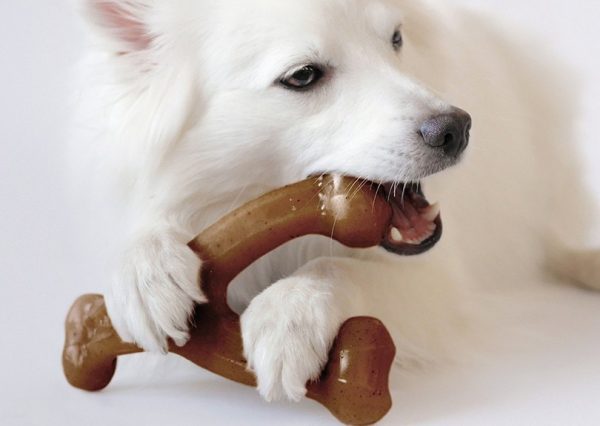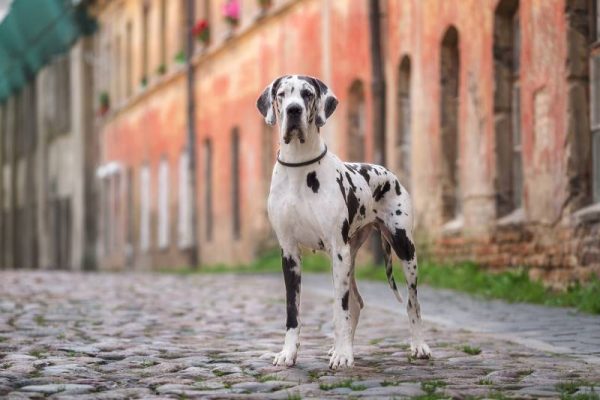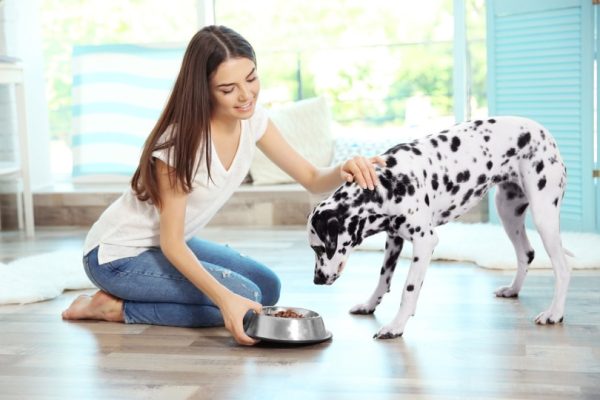Seeing a Great Dane out for a walk with its owner is often a spectator sport; their amazing height always draws admiring attention from other people (and dogs)! They’re a popular breed for many reasons—intelligence, gentle nature, and easy trainability among them.
But how do Great Danes perform as service dogs? Very well, as a matter of fact! Please continue reading to learn more about why Great Danes work so well in service dog positions.

What Is a Service Dog?
Service dog is not a title that is earned easily by any breed of dog. There are strict regulations as to how they are trained and with whom they are placed. Service dogs perform a wide range of different tasks and work with people of all ages with various disabilities; they go through extensive training before being placed in a home environment.
The technical definition of a service dog comes from the Americans with Disabilities Act of 1990: “dogs that are individually trained to do work or perform tasks for people with disabilities. Examples of such work or tasks include guiding people who are blind, alerting people who are deaf, pulling a wheelchair, alerting and protecting a person who is having a seizure, alerting owners to a panic attack, reminding a person with mental illness to take prescribed medications, calming a person with Post Traumatic Stress Disorder (PTSD) during an anxiety attack, or performing other duties.”
The American Kennel Club specifies that “a service dog is trained to take a specific action that helps mitigate an individual’s disability. The task the dog performs is directly related to their person’s disability.”
Service dogs are one integral part of making sure that no American faces discrimination due to a disability or limitation. Without them, a significant number of people in this country would not be able to participate in activities many take for granted.
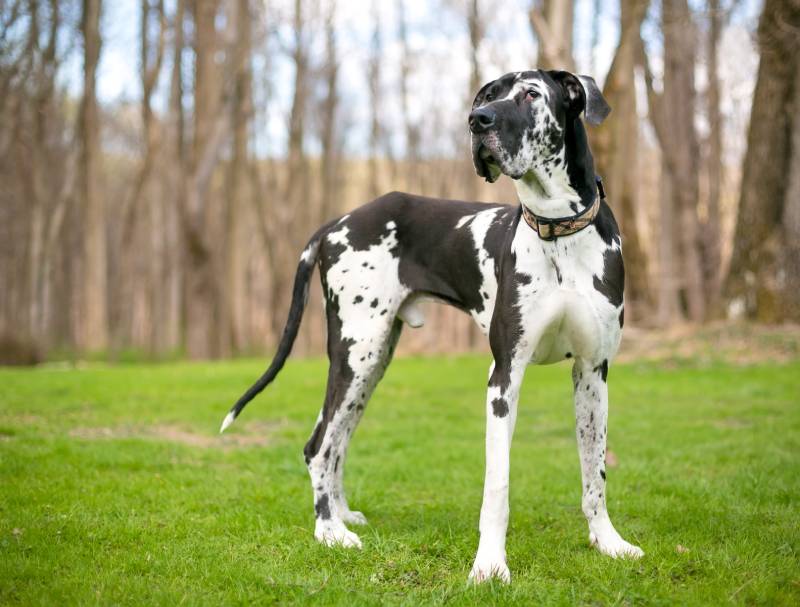

Great Danes as Service Dogs
Physical Characteristics
This breed’s first qualification as a service dog has to do with their size. Their height (28–32 inches tall at the shoulder) and weight (110–150 pounds) give them the strength to support people with disabilities that limit their mobility. For someone in a wheelchair or on crutches, a Great Dane would be a possible choice to help them navigate everyday situations, including ones in which accessibility is limited.
Personality
Great Danes are also known for their gentle and friendly natures. They’re sometimes described as not realizing how big they are because they will easily hop onto someone’s lap for some cuddles, despite their size. Even though service dogs wear harnesses to let the world know they’re “on the job”, they are often in environments with a lot of people in close proximity. They need to be able to focus on their human and their needs, as well as be calm and friendly to other people. Great Danes have the perfect temperament for that kind of role.
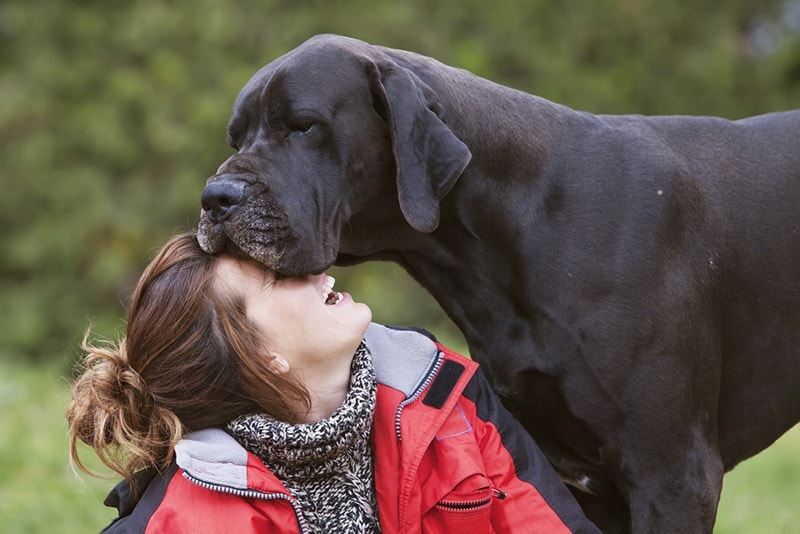
Intelligence
Another important aspect of being a service dog is intelligence and trainability. While Great Danes are considered to be of average intelligence overall, they excel in the kind of intelligence known as adaptive intelligence. They can navigate new situations and react positively to unexpected challenges. Life as a person with physical disabilities demands being adaptable in a world that is unfortunately not designed for them; a Great Dane service dog can make this reality a team effort to overcome. Their exercise needs are also lower than other dogs, so someone with mobility disabilities doesn’t need to worry about taking them on long walks multiple times a day.
Diverse Roles
Great Danes possess the temperament and skills to be trained to support individuals with a wide range of disabilities. They can work as seeing eye dogs for the vision impaired by helping them avoid obstacles while walking to and around places safely. For the hearing impaired, service dogs can alert their human to important sounds they may miss (e.g., fire alarms, doorbells, etc.). There are even service dogs that are trained to be sensitive to people with epilepsy; they can sense when a seizure is about to happen and alert their human so they can get help or find a safe location.
Beyond providing a physical support system for certain disabilities, Great Dane service dogs are also able to help people with psychiatric disabilities. They can give reminders about medications, be a calming presence during a panic attack, and offer general companionship and affection.
Great Danes can also act as emotional support dogs, but there is not as rigorous and standardized of a training program in place to become one, and they would not technically be considered a service dog.

Caring for Great Danes
Of course, Great Danes who are service dogs have the same needs as those who are pets. Their exercise needs are less than other dogs, and their movement needs are often met through play. With a short coat and minimal shedding, Great Danes are a good choice for someone who values a somewhat fur-free home. They need a high quality and well-balanced dog food, limited access to treats and people food, and access to fresh water.

Conclusion
Service dogs serve an invaluable role in the lives of those with physical and mental disabilities. The extensive training they go through allows them to help people navigate a world that might otherwise be inaccessible to them. Many breeds are chosen to be service dogs, and Great Danes are at the top of that list. Their patient and gentle temperament, protective instinct, and affection for their families make them an ideal choice for a service dog.
See also:
Featured Image Credit: Tara Lynn and Co, Shutterstock
